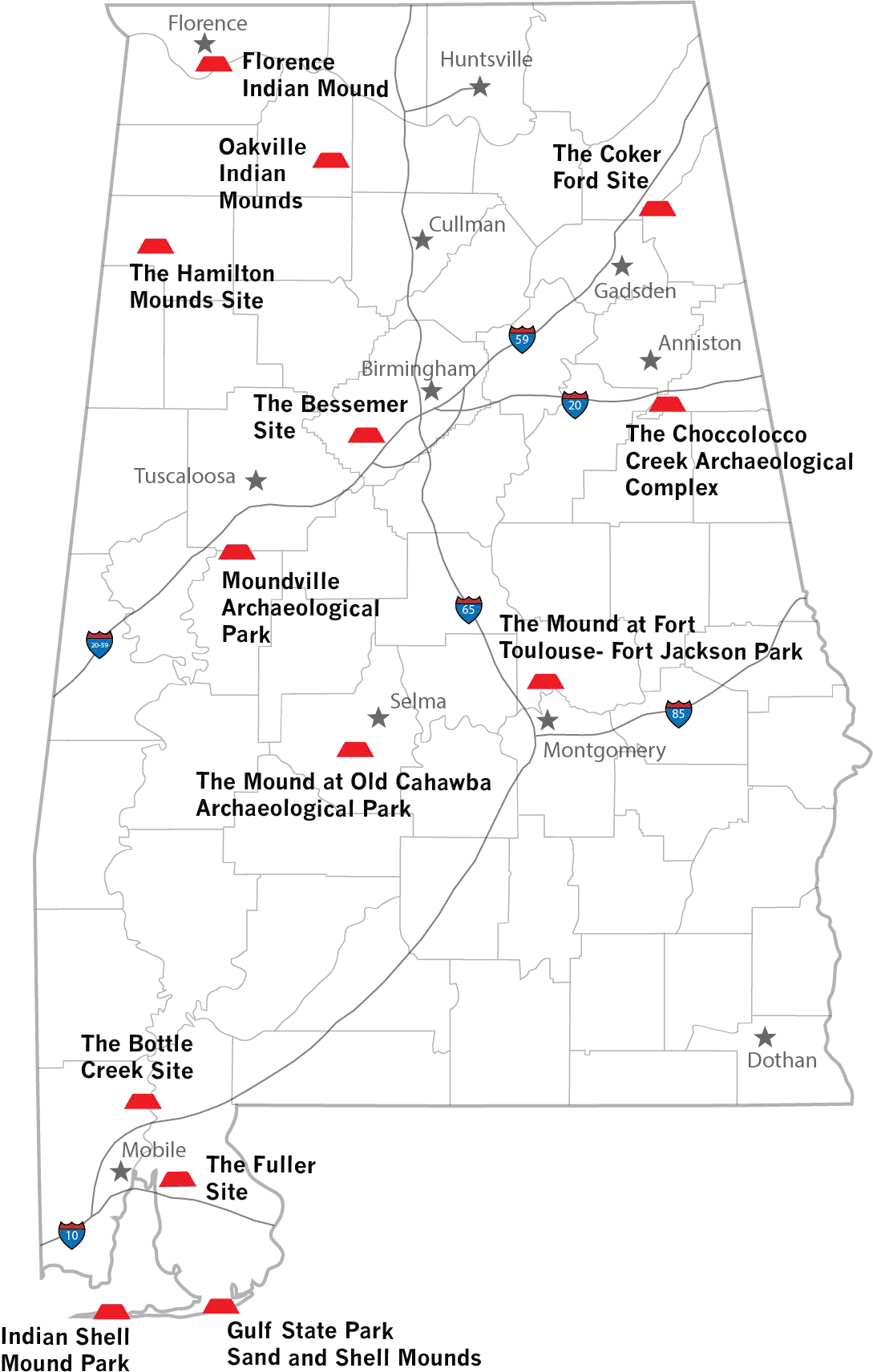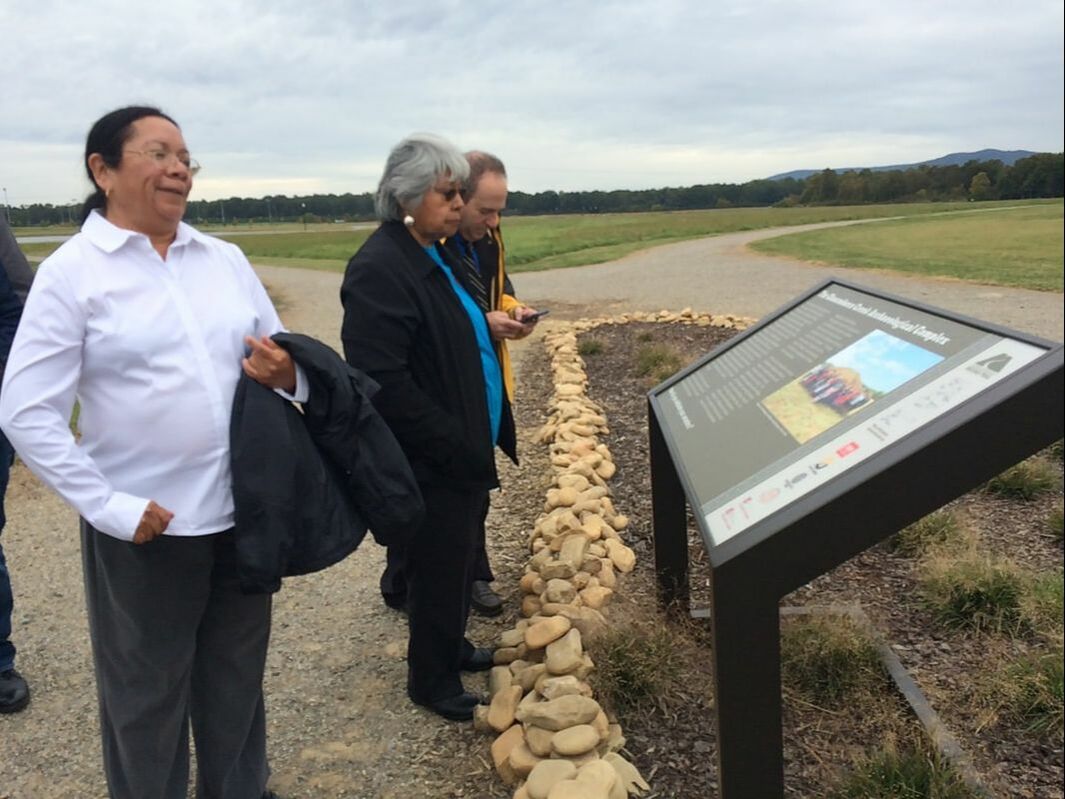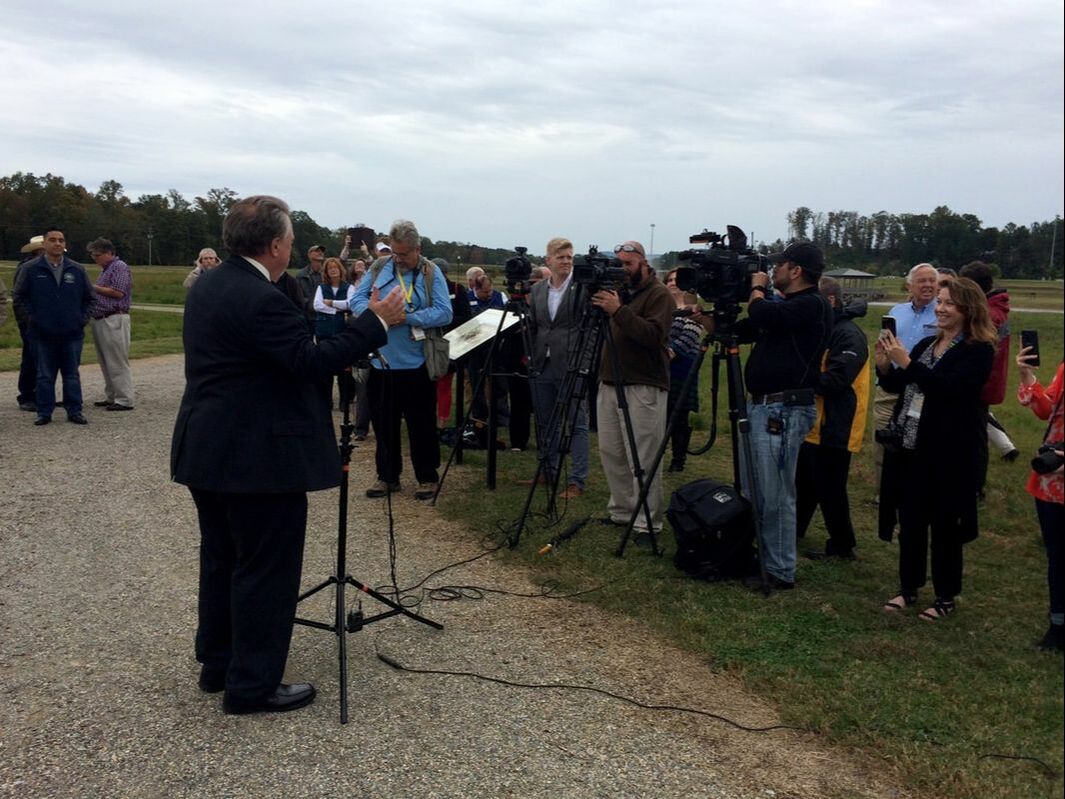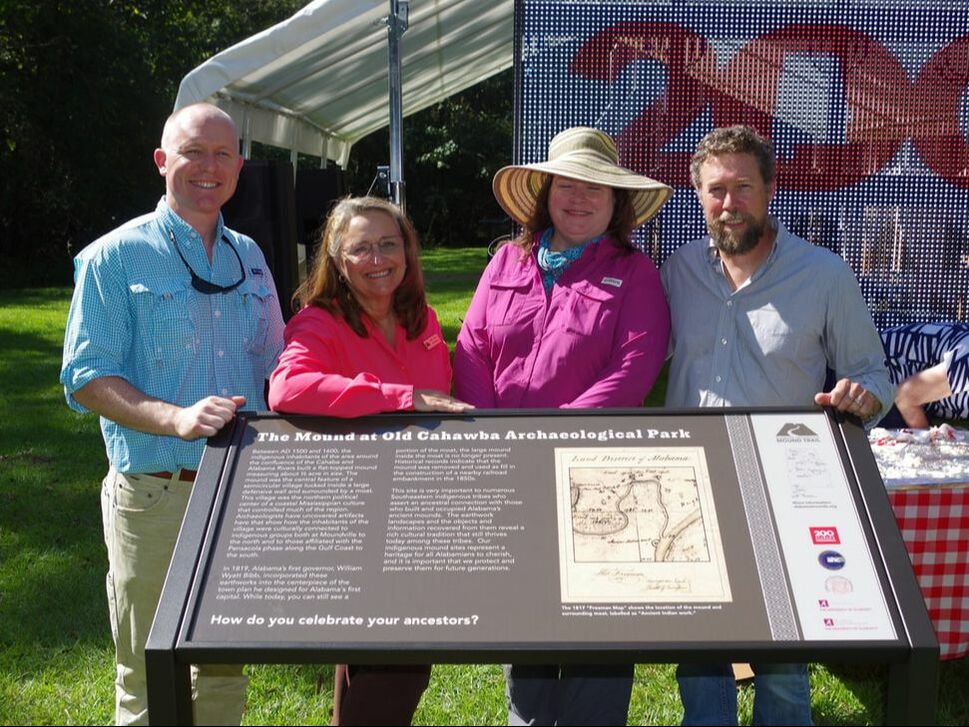|
Moundville Archaeological Park photo by Paul Franklin
Alabama Indigenous Mound TrailThe Alabama Indigenous Mound Trail will serve both to increase visitation to the parks that are part of the trail and to enhance opportunities for tourism-driven economic development in communities near all designated trail sites. UACED staff are working with the operators of sites currently without programming to develop festivals, events, and other opportunities to bring visitors to these sites and into nearby communities. Additionally, we will be working to enhance local leaders' and hospitality workers' awareness and understanding of nearby sites so that they may encourage visitors to their communities to include the site on their itinerary.
We have secured support for this program from the Alabama Bicentennial Commission, Association of RC & D Councils, and the Alabama Mountain Lakes Tourist Association. We will begin officially designating sites in Fall 2018 and throughout 2019 during Alabama's bicentennial year.
|
|
|






